I posted about Tommy Gun Ammo for the Brits! a few weeks ago. The same collection included a variety of M2 Ball ammo that was well buried and took a while for me to discover. I have several Garands, an 03A3 and an 03A4, so I was thrilled to add the following to my stash!
First up is a spam can from 1946. The ammo was obviously Remington production from WWII, repackaged at the Twin Cities Ordnance Plant for long term storage.


Next up is a full ammo can of 1969 Lake City on en-bloc clips for the Garand. You'll notice that contents of the can are described in writing (for the Army/Navy) and with a pictograph (for the Marine Corps)!
 Just kidding!
Just kidding! 




The third type is rather interesting. I found 2 identical cans of these bandoleers marked "CN 9 40" in crossed lines. The cans obviously weren't original to the ammo and were intended to mount on a belt-fed machine gun. The ammo is on 5 round stripper clips that fit the 03-A3.
Research indicates the ammo was actually produced by Lake City in 1953, at the request of the CIA. By August of '53, Lake City had geared down and the intelligence community saw future needs for M2 Ball ammo that couldn't be traced back to the US. They obviously had future covert operations in minds and came up with this fictitious headstamp.



Last up are a couple 20 boxes; one by Kynoch (1954) and the other Winchester-Western (1956-57?).


First up is a spam can from 1946. The ammo was obviously Remington production from WWII, repackaged at the Twin Cities Ordnance Plant for long term storage.
Next up is a full ammo can of 1969 Lake City on en-bloc clips for the Garand. You'll notice that contents of the can are described in writing (for the Army/Navy) and with a pictograph (for the Marine Corps)!
The third type is rather interesting. I found 2 identical cans of these bandoleers marked "CN 9 40" in crossed lines. The cans obviously weren't original to the ammo and were intended to mount on a belt-fed machine gun. The ammo is on 5 round stripper clips that fit the 03-A3.
Research indicates the ammo was actually produced by Lake City in 1953, at the request of the CIA. By August of '53, Lake City had geared down and the intelligence community saw future needs for M2 Ball ammo that couldn't be traced back to the US. They obviously had future covert operations in minds and came up with this fictitious headstamp.
Last up are a couple 20 boxes; one by Kynoch (1954) and the other Winchester-Western (1956-57?).

Attachments
-
 IMG_0278.jpg72 KB · Views: 671
IMG_0278.jpg72 KB · Views: 671 -
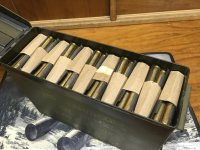 IMG_0279.jpg109.6 KB · Views: 663
IMG_0279.jpg109.6 KB · Views: 663 -
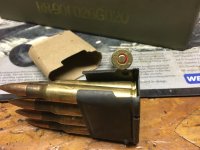 IMG_0280.jpg81.3 KB · Views: 663
IMG_0280.jpg81.3 KB · Views: 663 -
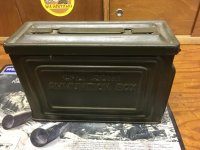 IMG_0281.jpg96 KB · Views: 661
IMG_0281.jpg96 KB · Views: 661 -
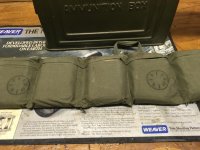 IMG_0282.jpg110.2 KB · Views: 657
IMG_0282.jpg110.2 KB · Views: 657 -
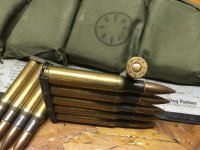 IMG_0283.jpg92.8 KB · Views: 660
IMG_0283.jpg92.8 KB · Views: 660 -
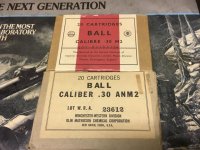 IMG_0284.jpg125.1 KB · Views: 658
IMG_0284.jpg125.1 KB · Views: 658 -
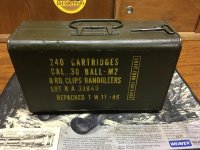 F22E09FA-2E02-407C-9E75-19063690CC8D.jpg77.7 KB · Views: 616
F22E09FA-2E02-407C-9E75-19063690CC8D.jpg77.7 KB · Views: 616 -
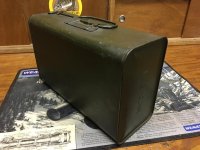 A8F7E8E9-DBBE-4DE5-80EA-178F0F638300.jpg65.9 KB · Views: 614
A8F7E8E9-DBBE-4DE5-80EA-178F0F638300.jpg65.9 KB · Views: 614 -
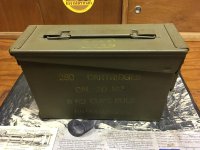 3379B761-CEE1-4401-B38C-B3B8995A02B6.jpg66.3 KB · Views: 610
3379B761-CEE1-4401-B38C-B3B8995A02B6.jpg66.3 KB · Views: 610
Last edited:
